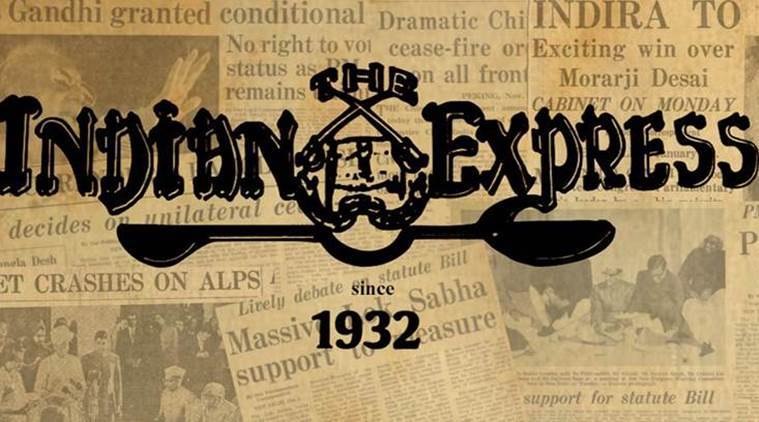 Three years ago, the Supreme Court clearly expanded the contours of free speech in the online space when it struck down the much abused Section 66A of the Information Technology Act.
Three years ago, the Supreme Court clearly expanded the contours of free speech in the online space when it struck down the much abused Section 66A of the Information Technology Act.
Not very many hours have passed since the government’s ill-conceived attack on accredited journalists came to grief, in the face of determined opposition from the press, politicians and citizens. But the Ministry of Information and Broadcasting has stepped into the breach again, wishing to appoint a committee to forge a framework for regulating of online news. Which is like reinventing the spare tyre, since the lion’s share of news online is spun off from the print and TV operations of established media houses which already have the Press Council of India, the National Broadcasters Association as regulators and an entire battery of laws to check alleged professional misconduct.
Early warning signs of this misunderstanding may be found in I&B minister Smriti Irani’s statements at an event hosted by a TV channel in mid-March, where she first spoke of a committee, and failed to distinguish between media and social media. She dwelt on fake news, the issue which triggered a fiasco this week, when the government had to withdraw a release announcing punishment for journalists within 24 hours of issuing it. Internet news and views is a diverse space with a very low entry barrier.
That’s why it also provides a platform to falsehood, fakery and abuse but it also reflects the widest spectrum of preoccupations and opinions, from the extreme left to the extreme right, cutting through social strata, giving voice to interest groups and communities which otherwise go unheard, or are seen only through the lens of others. It is a force multiplier for groups which may seem inconsequential today, but which hold the seeds of unforeseen futures. To propose to police such a space through the agency of a bureaucracy — beyond the already existing ambit of regulation — that is interested in command and control, is grossly anti-democratic.
The constitution of the committee tells us where this is coming from, and where it will go to. It is to be led by five secretaries — for information and broadcasting, electronics and information technology, home, legal affairs and industrial policy and promotion, and the CEO of MyGov.in. Representatives of the Press Council of India, the News Broadcasters Association and the Indian Broadcasters Federation bring up the rear. Such a body does not sufficiently reflect the concerns of stakeholders, especially the public which the media, whether digital or traditional, informs.
The sense of waste is overwhelming, because neither this committee, nor the controversy that its constitution will generate, are necessary. As argued earlier, the bulk of the news online is handled by professional journalists. Three years ago, the Supreme Court clearly expanded the contours of free speech in the online space when it struck down the much abused Section 66A of the Information Technology Act. It “arbitrarily, excessively and disproportionately” invaded the right to free speech, right to dissent, right to know, and had a “chilling effect” on constitutional mandates, the court said. The ministry should make the verdict mandatory reading for the committee before its very first meeting.